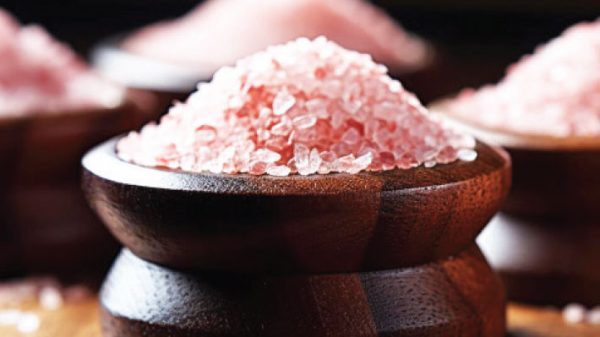Himalayan pink salt, known for its distinctive pink hue and crystalline texture, has become increasingly popular in the health and wellness community. Hailed as a healthier alternative to regular table salt, proponents claim it offers unique benefits, such as balancing electrolytes, improving hydration, and even detoxifying the body. However, is this widely marketed “healthier” option truly beneficial, or could it pose unforeseen risks?
Himalayan pink salt is mined primarily from the Khewra Salt Mine in Pakistan, the second-largest salt mine in the world. Its characteristic pink coloration comes from trace minerals such as iron oxide, calcium, potassium and magnesium. Unlike refined table salt, which undergoes extensive processing and often contains additives like anti-caking agents, Himalayan pink salt is generally less processed, retaining these trace minerals. It is this minimal processing and mineral content that advocates argue makes it a healthier choice.
While these claims are widely circulated, scientific evidence supporting the health superiority of Himalayan pink salt over regular table salt is limited. A 2017 review published in Nutrition Reviews emphasised that the mineral content in Himalayan pink salt is minimal and unlikely to have a significant impact on health compared to the intake of these minerals from other dietary sources.
Moreover, when it comes to respiratory and digestive health, these benefits largely rely on anecdotal evidence rather than robust scientific data. Halotherapy, or salt therapy, while showing promise for certain respiratory conditions, does not require the use of Himalayan pink salt specifically. Similarly, the purported digestive benefits of the salt have not been rigorously proven in controlled studies.
Though marketed as a “cleaner” alternative to table salt, Himalayan pink salt may come with its own set of risks. One concern is its content of heavy metals such as lead and arsenic. A study by the Australian Environmental Protection Authority found that some samples of Himalayan pink salt contained small but detectable levels of heavy metals, which can pose long-term health risks.
Another significant concern is sodium content. Himalayan pink salt, like any salt, is predominantly sodium chloride, and excessive sodium intake is linked to hypertension, cardiovascular disease and stroke. A tablespoon of salt contains roughly the same amount of sodium as regular table salt, meaning its excessive consumption can still contribute to these health issues. Claims suggesting Himalayan pink salt is ‘healthier’ because of its mineral content should not distract from the risks posed by high sodium intake.
For those seeking a nutritious diet, it is far more beneficial to focus on obtaining essential minerals from whole foods like vegetables, nuts and grains, rather than relying on salt—pink or otherwise—as a mineral supplement.
In moderation, Himalayan pink salt can be a flavourful and visually appealing addition to meals, but its purported health benefits are not substantially backed by science. Furthermore, like all forms of salt, excessive consumption can lead to adverse health effects, particularly related to sodium intake. Consumers should remain informed and cautious, recognising that the pink hue and exotic origins do not make Himalayan salt inherently healthier or safer.





























Leave a Reply